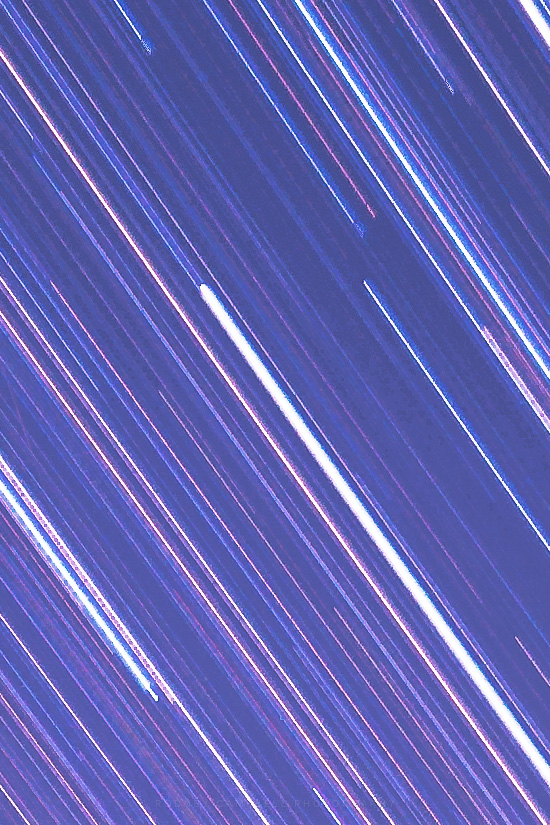46MP – 100% Stars
by Rodney Campbell on May.14, 2019, under Life, Photography
The Nikon Z7 is an extremely high resolution camera – certainly the highest I’ve used or owned myself. It clocks in at a whopping 45.7 Megapixels (lets call it 46MP). That is a frame resolution of 8256 x 5504 pixels. This makes it nearly double that of my previous camera (the Nikon D750 @ 24MP)
This has some shooting and post processing implications as I’ll briefly highlight below
First however the image here is a 100% crop of a tiny portion of my star trails image from the previous day. This represents just under 1% of the overall original image area
100% Stars
So what are some of the shooting implications of such a high resolution sensor
- diffraction kicks in a lot earlier – around f/5.6 to f/8 – which for a landscape shooter is important for depth of field considerations
- when shooting astro (static stars/milky way) the longest shutter speed before you see trailing stars is shorter
- The old 600, 500 or 400 rules (where you divided that number by the lens focal length) don’t apply anymore. They may have worked when we had 6MP cameras. These days however you have to account for things like pixel pitch and aperture to determine the maximum shutter speed to keep star motion to a minimum number of pixels
- The so called NPF rule: (35 x aperture + 30 x pixel pitch) ÷ focal length = shutter speed in seconds
- long story short – for the 24MP D750 @ 14mm you can shoot for 19s; for the 46MP Z7 @ 14mm it’s now 15s
- handholding camera technique becomes more important (sharpness of images). Though the built in 5-axis IBIS (In Body Image Stabilisation) in the Z7 gives you automatic stabilisation (4-5 stops) to every lens
- the potential to push the limits of weaker lenses (more easily show their flaws)







